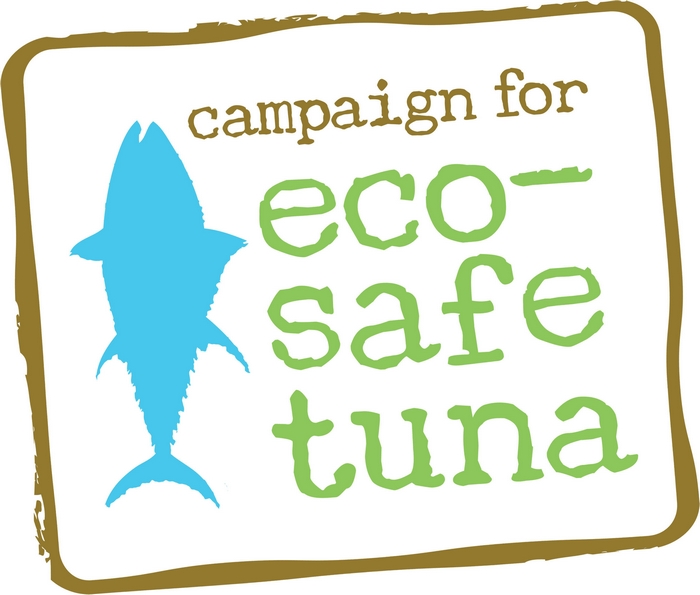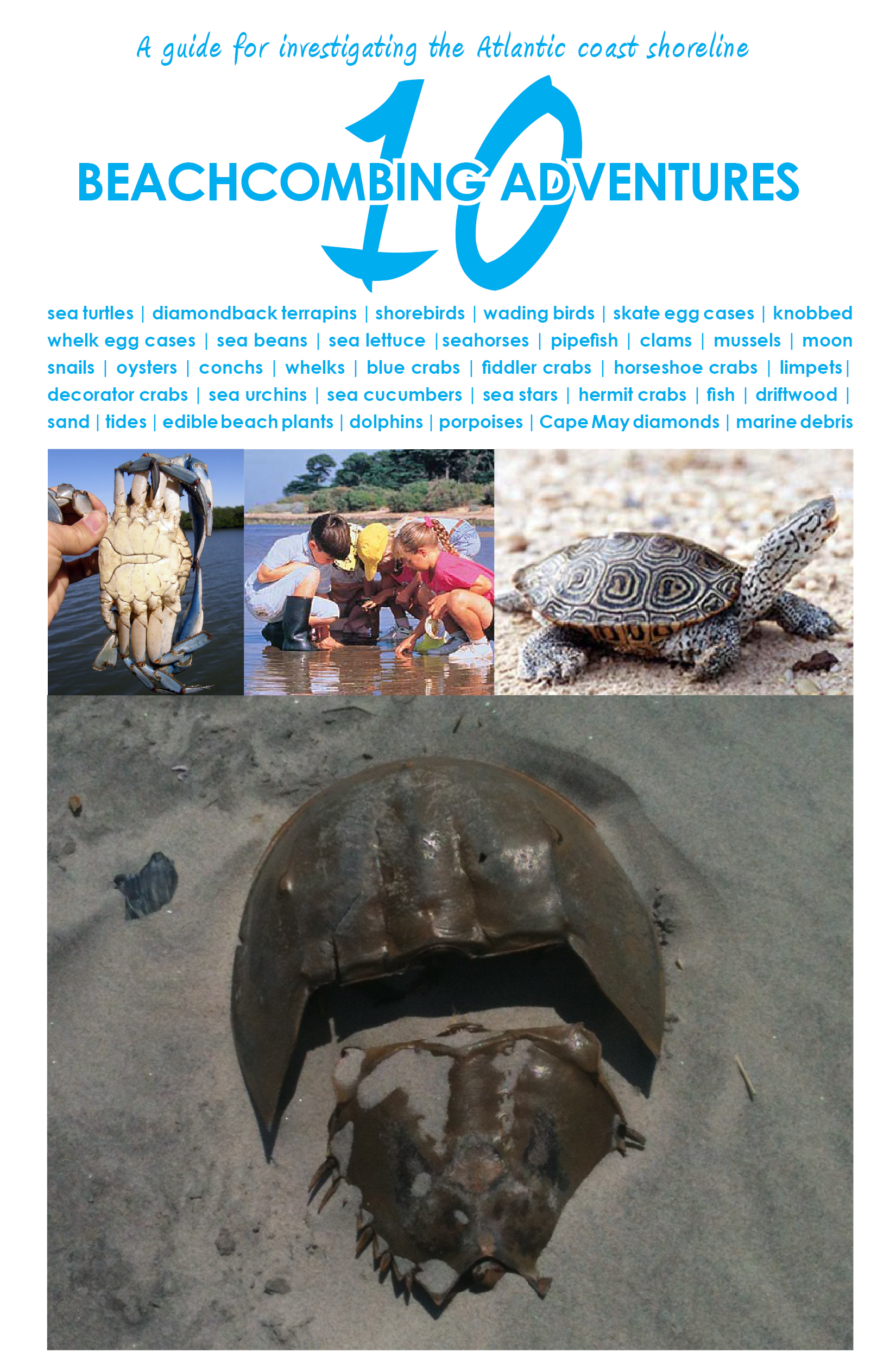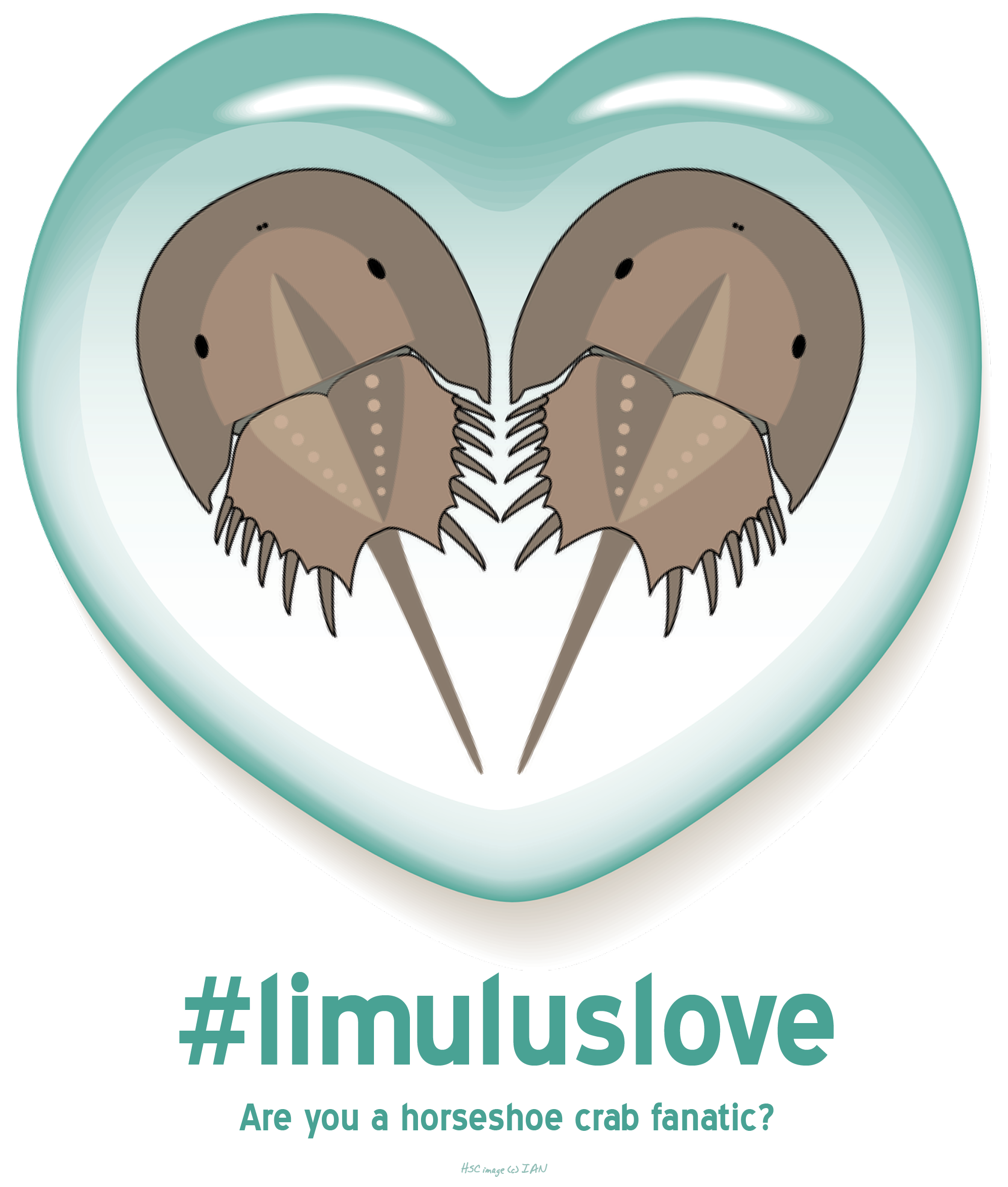If you have not, please sign this petition calling for a permanent end of the selling of whale products on Amazon.com.
“Whales have an important lesson to teach us. Whales have a large and complex brain but show no signs of threatening their own destruction. They haven’t reproduced themselves into oblivion, they haven’t destroyed the resources upon which they depend, they haven’t generated giant holes in the ozone, or increased the earth’s temperature so that we might end up with the greenhouse effect. The lesson whales teach us is that you can have a brain of great complexity that doesn’t result in the death of the planet”. – Dr. Robert Payne, Founder and President of Ocean Alliance. He is best known for his discovery (with Scott McVay) that humpback whales sing songs.

















What people are saying …